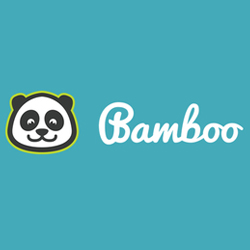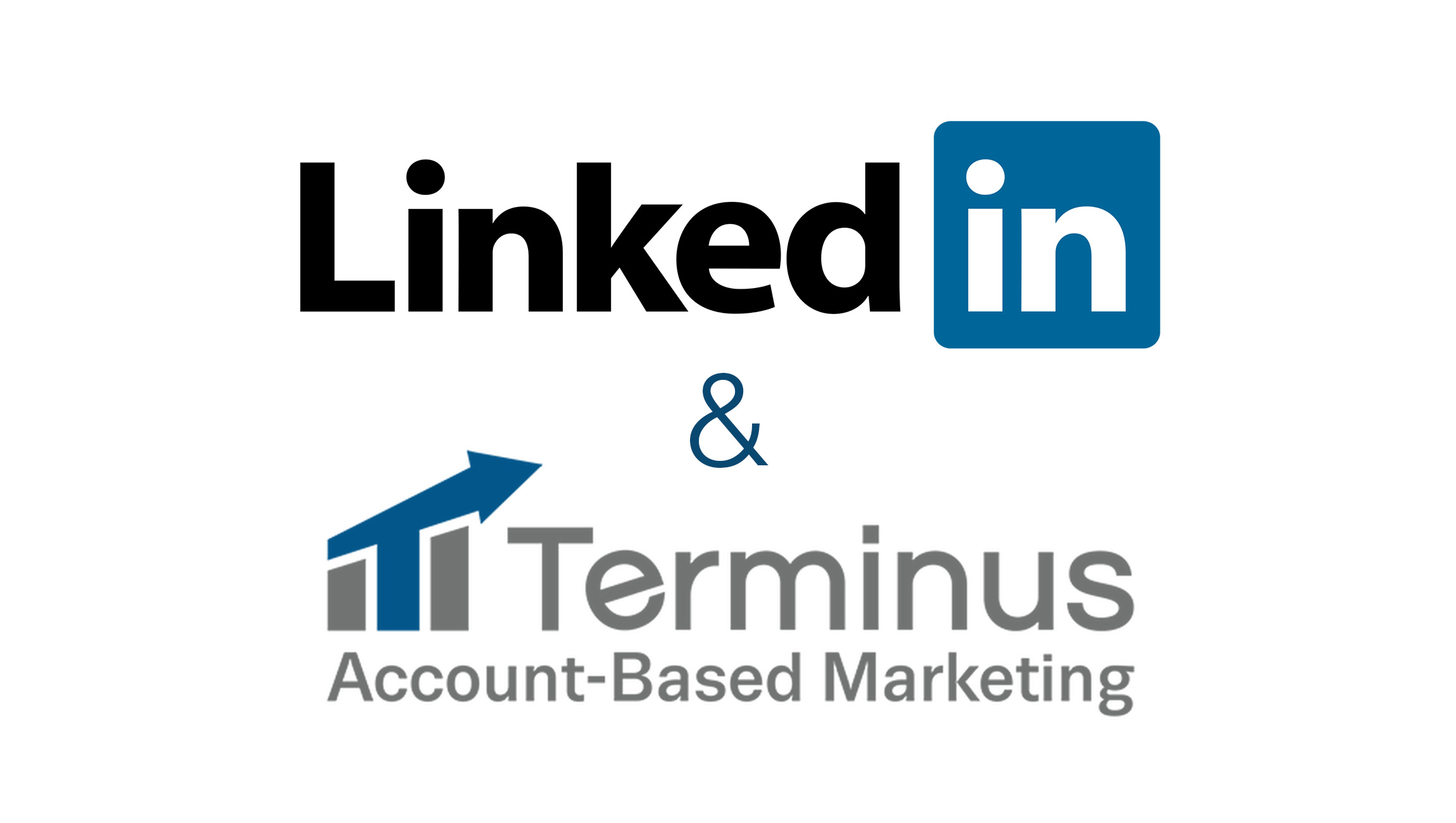 There are 13,000+ advertising agencies in the United States. Each of those agencies, no matter the niche they’re in, have very few competitive levers at their disposal. One might argue that people are the only real advantage, so what makes those people so valuable?
There are 13,000+ advertising agencies in the United States. Each of those agencies, no matter the niche they’re in, have very few competitive levers at their disposal. One might argue that people are the only real advantage, so what makes those people so valuable?
As advertising mogul William Bernbach famously said, “There are a lot of great technicians in advertising. And unfortunately, they talk the best game. They know all the rules … but there’s one little rub. They forget that advertising is persuasion, and persuasion is not a science, but an art. Advertising is the art of persuasion.”
At Bamboo, we are blessed to have an equally technical and creative team, but we don’t let that go to our heads. We work just as hard as the next agency to put those million-dollar-ideas into action. To help us do that, we hold creative brainstorm sessions–or as we refer to them internally “workshops”–on a regular basis both with our clients and on our own.
Also Read: 3 Ways to Foster Collaboration Between Your Organization’s Marketing and Sales Functions
We take pride in our creative process, and while it might not solve all your problems, we’d like to share how we approach it. When boiled down, that process can be broken down into three parts–preparation, execution, and post-brainstorm. This post will walk through each of those components and the questions we ask ourselves along the way.
Preparing for Your Creative Brainstorm Session
Before even thinking about running a brainstorming session, ask yourself…
Why are we doing this?
While we love hanging out in a room bouncing ideas around for hours, we can’t afford to brainstorm just for the heck of it. Whether you’re generating creative for a specific campaign, launching ads along with a rebrand, or simply refreshing old creative, it’s crucial to know your intentions.
What are our goals?
Once you know why you’re holding this creative brainstorm session, you’re ready to set your goals. Your intent should dictate your goals and should be measurable and reasonable outputs. For example, you might want to come up with 30 new static image ideas, four campaign concepts, or just one multi-channel creative concept. Set these outputs upfront, make sure every participant is on board, and let them guide the conversation.
What constraints should we keep in mind?
Your goals will also dictate many of the constraints or parameters. These might be regarding mediums (image, video, etc.), channels (Facebook, Twitter, etc.), budget, or resources available. For example, are there new or existing visuals you can make use of? Is there budget to have a photoshoot or buy stock images/video?
Much of this information may be known, but it’s always a good idea to discuss as you’re going into a session, which leads us to several other questions to answer up front…
How much time do we have?
Another constraint we acknowledge up front is time. Place hard limits here, and be reasonable. While longer sessions are great to get in the zone, they’re much harder to schedule. We typically aim for anywhere between an hour and a half to half a day depending on our goals.
Pro tip: coffee and pastries or lunch is always a good way to keep butts in seats for more extended periods of time.
Also Read: Use These 3 Brainstorming Exercises to Fuel Your Next Social Media Campaign
Who should participate?
Be mindful of who you invite to participate…
- Is it valuable to involve team members not directly involved with this client or project?
- Do you have diverse representation regarding roles, expertise, and perspective?
- Is this a good forum to involve clients? If so, make sure you work with your primary point-of-contact to get all the appropriate parties on board.
It can be tricky to balance diversity and focus, so regardless of who you invite to the table, be sure to communicate the shared goals to everyone up front.
Also, think about who will lead the session…
- Are you the leader, or do you want to be more of an active participant?
- If your client is involved, does it make sense for one of their team members to lead the discussion? If so, get them looped in as soon as possible.
- If it’s a large group, consider prepping multiple participants ahead of time to make it easier for everyone to stay on track.
Once you know how many people are participating, think about the space. Do you have a conference room to fit everyone? Will participants be remote? Do you want to get in a new environment? We often rent a conference room by the hour like this trendy one from Breather.
How will we agree to communicate?
This is less quantifiable, and you may or may not need to spell out rules explicitly, but here are some of our creative workshop guidelines:
- Be open-minded – every idea has merit
- Don’t say no – encourage one another with positive language
- Listen then speak – don’t talk over or interrupt your colleagues, and hear everyone out
- Be present – we’re all busy, but if you can, shut your laptop and leave your phone at your desk
We try to balance diving into specific ideas and reigning in the dialogue in the interest of time. Whether you maintain an ‘idea parking lot’ to revisit later, or you shelve an idea altogether, a good leader knows when to step in without shutting any ideas down.
How are we documenting this process?
Prepare yourself for this blasphemous statement… You don’t need sticky notes.
As a highly visual bunch, we often like to put pen to paper… (sometimes we even throw scissors into the mix!)
In the interest of saving time while documenting and debriefing, however, we sometimes prefer to document our sessions digitally. There are pros and cons to each and should be dictated by your goals and constraints. Regardless of which path you take, make it collaborative as possible (shared Google Doc, whiteboard, index cards, etc.) and be sure to let all the participants know in advance what they should expect.
Brainstorming Exercises and Tips
Once you understand your goals and parameters and have laid your ground rules, it’s time to jump in! There’s no “right” way to do this, and many different brainstorming exercises you might want to try out depending on your goals and desired outcomes.
As a primarily paid social ad agency, we’re usually coming up with Facebook (or other social platforms) ads for specific initiatives. To come up with those concepts, we take a particular approach, starting broad, and doing a few exercises along the way to get juices flowing.
We tend to start most of these sessions as a group, breaking out into smaller groups or individually to jot down ideas before coming back together.
Starting by focusing on our client as a whole, we ask…
What is the value proposition?
It might seem like you all already know the answer to this question, but humor us and take a few minutes to explore it. What is the value of buying this clients’ product/service? What value does the brand itself have? How does it make us feel? How is it better than competitors’ offerings?
Don’t spend too much time here, but try to put together a comprehensive list of describers–you’ll likely throw around some things you haven’t thought of before. Then, with those responses fresh in mind, ask yourselves…
How would you describe those value propositions in a single sentence?
Go through your existing list and pick out some favorites to simplify and consolidate. Try to agree on one sentence (or two) that will drive the rest of your discussion. This sentence should encapsulate the ‘what’ of the client as well as the ‘why.’
Your future self will thank you, as this becomes a group-agreed-upon qualifier that you can keep referring back to.
How would you describe the ideal audience?
Urge each participant to come up with four or five profiles of individuals that would buy or use your clients’ solution. Think about demographics (gender, age, geographic location, level of education, profession, salary, etc.) and psychographics (motivations, fears, desires, etc.).
How can we visually communicate our value in line with our goals?
Now that you have your audience and value props in mind, agree as a group on the concepts you want to tackle and get visual.
There are hundreds of fun and engaging brainstorming exercises that you can apply to these concepts. As social media marketers, we have specific outputs and thus focus on visual concepts for images, carousels, GIFs, slideshows, and videos, as well as text ideas for headlines, ad copy, and descriptions.
Here are a few exercises that help us come up with those…
- The word dance: Similar to mind mapping, this excersice urges you to come up with vivid descriptions, synonyms, or metaphors for your concepts. For each of your topics, start with one word at the nucleus and contribute the first word that comes to mind. Repeat for each new word until you’ve gotten far enough away from the original.
- Go through top-performing ads of the past: Don’t dismiss past success! Jump into Facebook Ads Manager or past performance reports as a refresher on retired creatives that did well, and ones that didn’t. What insights and learnings can you apply to the task at hand? In addition to noting creatives with the best/worst CTRs, look into bottom-of-the-funnel metrics, as well as what worked in different audience demographics.
- Go straight to the source: As an agency, we don’t always have the luxury of speaking with end users, but the Internet is a good stand-in. Search for reviews in app stores, or on sites like these for first-hand accounts of your clients’ experience. Youtube is also a great way to find footage of users reviewing or using the product.
- Get inspired by others: Depending on the channel, we like to borrow from a mix of inspiration–from magazine and newspaper ads to our own ad design guides. Here are a few digital resources to get you started:
Although there’s no ‘right’ way of doing these exercises, organized documentation is crucial. Whether you break out into groups, spend time individually, or stay together for these exercises, be sure to constantly organize your ideas while going through these exercises.
Also Read: Net Neutrality is Dead. What Does This Mean for Digital Advertising?
Wrapping Up Your Creative Workshop
In our opinion, wrapping up our brainstorming sessions can be one of the hardest parts. It’s easy to riff off of ideas and come up with great theoretical concepts over an hour and a half. The hard part comes when you have to make things happen with those concepts.
What ideas make you excited?
It’s important to leave enough time to do this as a group, giving everyone a chance to share their ideas and vote on ideas that stand out. During this brainstorming wrap-up, think back to your communication rules, staying positive, respectful and open-minded. Start bubbling the most voted ideas to the top, going from this…
To this…
What ideas are most in line with our goals and most feasible in the short-term or long-term?
Now that you have some amazing concepts ready to go, it’s time to prioritize, prioritize, prioritize. Most of your sessions’ outputs should be feasible, either in the short-term or long-term thanks to your upfront preparation, but if you’re like us, you might have A LOT. Whether you do this after the brainstorming session or as a group, make sure each idea is clearly prioritized and tied to specific initiatives.
But remember, it’s never too early to start planning for future campaigns. Don’t spend too much time on this, but don’t scrap a brilliant idea just yet. Once you’ve prioritized, it’s time to delegate.
What are the next steps?
These workshops are only successful if all parties are involved in the actual session, AND are committed to following through on the outputs. Give everyone tasks, deliverables, and deadlines.
As a rule of thumb, the faster you can follow up with the group, the more engaged your stakeholders will be. Make sure you follow up with everyone, regardless of their involvement in the project. Don’t underestimate the power of giving your team and your clients’ positive affirmation after a sometimes hectic or mentally draining session.
Whether you read that entire post, or just grabbed the guiding questions, you’re in a good place to start preparing for some creative brainstorming!
For your convenience, here’s a handy checklist to help you prepare.
- Before you even schedule your brainstorm, think about why you’re having this workshop
- The first thing to discuss is what your specific goals or outcomes are, from ad images to campaign concepts.
- Set the ground rules for how much time is allotted, who’s participating, who’s in charge, and how everyone is expected to communicate.
- Start broad, discussing the high-level messaging and value props
- Balance the broad and specific to make sure you’re not forgetting the context of your clients’ needs and brand.
- Don’t be afraid to borrow inspiration from others
- Post-brainstorm, make sure to prioritize, communicate and delegate ASAP.
If you’ve taken one thing away from this post, it’s to keep your goals and restraints in mind, balancing reasonable and concrete outputs with crazy ideas.
At the end of the day, we’re advertisers, selling products, and in the fine words of Mr. Ogilvy, “If it doesn’t sell, it isn’t creative.”
Recommended Read: Marketing Teams Will Struggle to Make Sense of the Hype around AI











